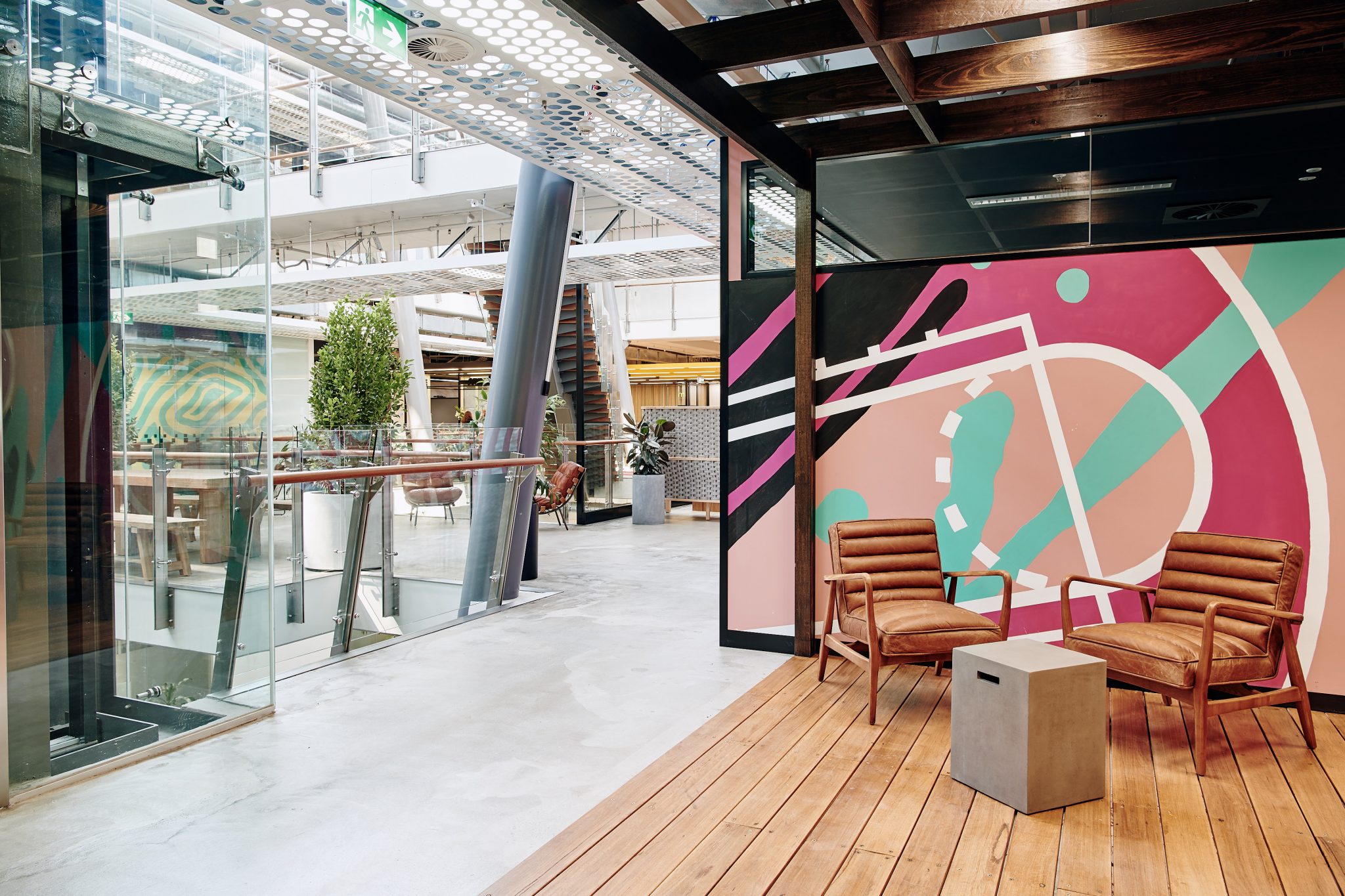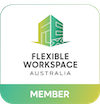If there’s anything the pandemic has shown employers, it’s that productivity is not necessarily conducive to being in an office 8 hours a day. Jobs that we never imagined could be performed remotely, suddenly and successfully were carried out at home with employees being recognised for the value of work they do, not where they sit.
As we move into a post-pandemic working environment, it’s apparent remote work will remain to some degree. Many Australian businesses are reassessing their approach to business operations and for many, the vision is a hybrid model that combines remote work and office time.
A Hybrid Approach
In a hybrid model, a physical office will always hold value: for connection, collaboration, career development and to create a space between home and work. Going into the post-pandemic landscape, companies will be more intentional about the space they use by adjusting their real estate portfolio. Instead of ditching the office entirely, many companies pursuing a hybrid model will be turning to flexible office and coworking providers for shorter term leases, activity-based working environments and various desking options for their employees.
Space Designed for Collaboration
It’s known that collaboration is the fuel that drives innovative ideas and enables them to firm up their game to get ahead. Innovation however, rarely comes from a solitary worker in an enclosed cubicle or menial chit-chat before a Zoom call. As part of the hybrid model, businesses are decreasing ‘me’ space and increasing ‘we’ space in order to break down physical barriers and facilitate “casual collisions” throughout the work day.
Flexible office spaces are designed to encourage employee engagement on a daily basis. With fluid spaces that support activity-based working and mobile workdays, flexible office space replaces rigid cubicles or the distracting home office with designs that offer easy flexibility to cater to daily movement, various workflows and collaboration which ultimately improves productivity and reinforces company culture.
Flexible Leasing Structures
Even before the pandemic, flexible office providers were emerging as industry leaders for businesses looking for financial flexibility and options to cut costs. With the hybrid model, employers are reducing the number of employees at the office and as a result finding themselves in need of less office space.
With month-to-month membership structures to suit SME’s, CRE’s, and everyone in between, flexible office spaces provide all of the benefits of leasing an office, including security, internet, maintenance and concierge without the tying up much needed capital to a lease obligation. Flexible office providers are positioned to adapt in the face of unpredictability which bodes well in it’s users favour, allowing them to acquire additional space, hot-desk in other locations or decrease desks at a moment’s notice.
By ditching the long term office lease and traditional 9-5 workday for a hybrid working model within flexible office space, organisations can reinforce company culture and profit from increased productivity while reaping the benefits of operating a smaller, cost-effective office – a welcome certainty in these uncertain times.



















